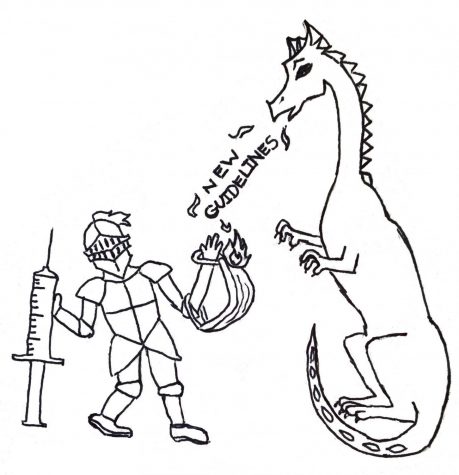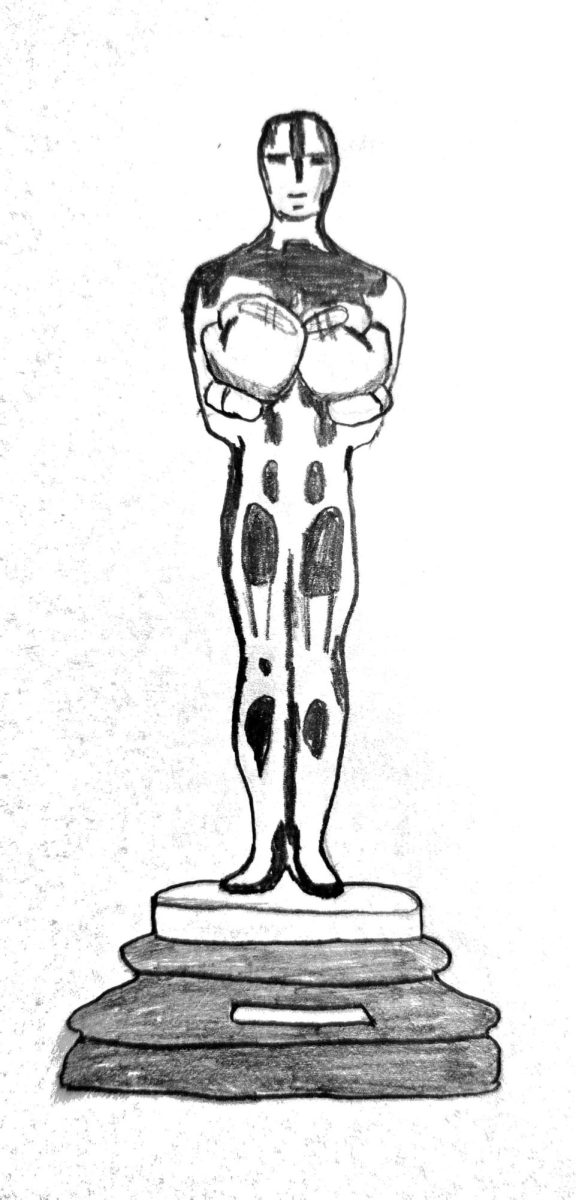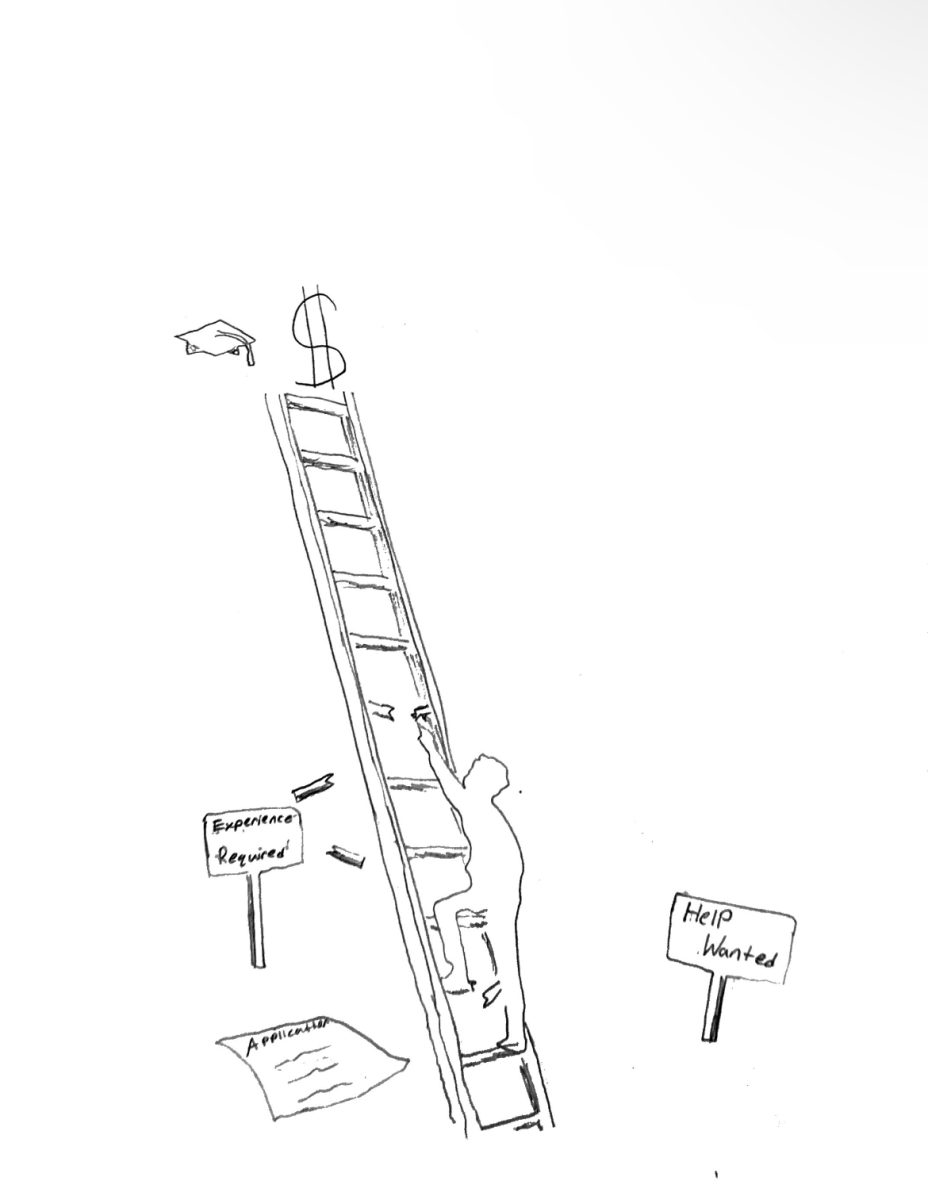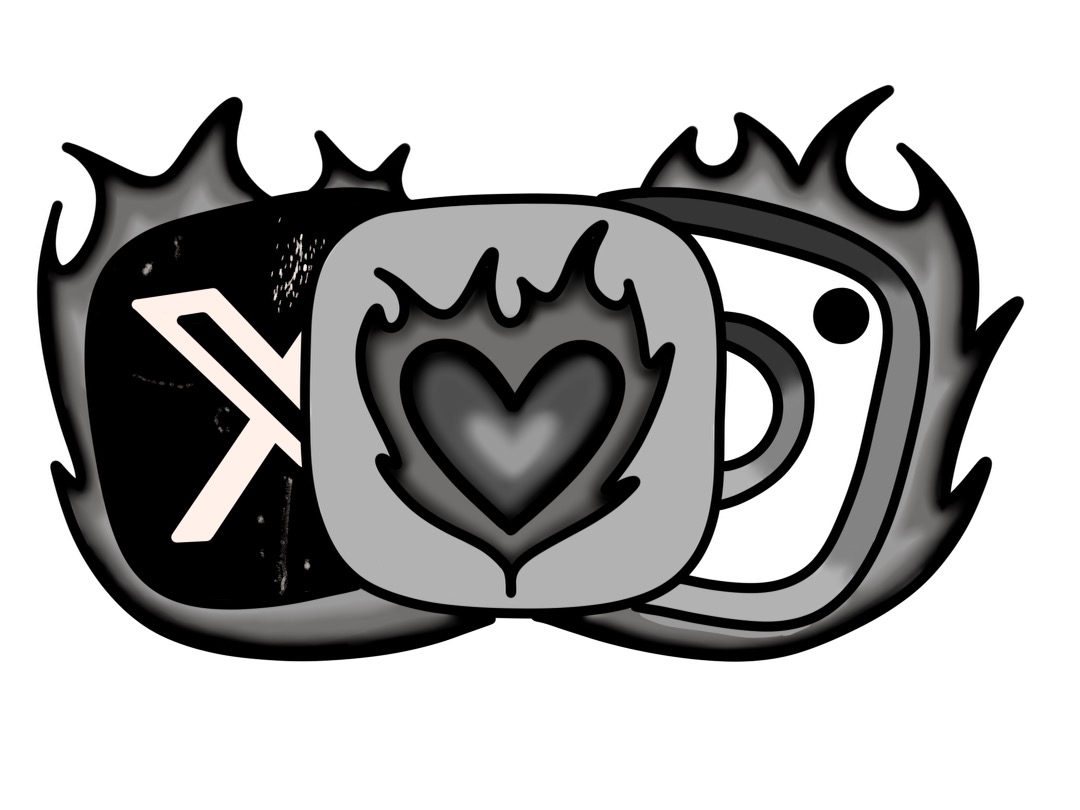Summer is just around the corner, and people are desperate to avoid another socially distanced, masked up and isolated break. Recent COVID-19 guideline updates from the Centers for Disease Control and Prevention (CDC) on May 13 provided a slight light at the end of this very dark tunnel. The new guidelines state that those who are fully vaccinated may now participate in a multitude of activities completely maskless, with several exceptions. These mask-requiring situations include everything from riding public transportation to following mask mandates made by local businesses.
While this may seem like wonderful news to many and serve as hope for a salvaged summer, more potential problems should be taken into account before embracing a mask-free lifestyle again. Due to an inability to determine who is and is not fully vaccinated in a crowd of strangers, the fact that the virus can still be transmitted by vaccinated individuals and the emergence of various new strains of COVID-19, fully vaccinated people should continue wearing masks full time. Mask wearing is the safe, courteous thing to do, and a simple but key necessity for completely flattening the curve.
When it comes to maintaining a six or even three-foot distance and proper mask etiquette, Redwood has proven to be a bit of a failure. Throngs of people stand packed together, paying no mind to the concept of social distancing, while hordes of others wander about with securely covered chins but fully exposed noses and mouths. According to the CDC, large crowd settings like these still pose a danger because of the ambiguity of everyone’s vaccination status. In addition, many are under the impression that they are fully vaccinated immediately after receiving a second dose or their single dose of a vaccine, which is incorrect: full vaccination means receiving all doses of the selected vaccine and waiting two weeks, as stated by the CDC. The question of who is fully inoculated matters the most but is virtually unanswerable at this time unless a vaccination card is present. 
The complications do not end there. Along with the common misconception of what it means to be fully vaccinated, many often do not realize that those who qualify as fully vaccinated can still be carriers of the virus. In an interview with The New York Times, Weill Cornell Medicine virologist John Moore stated, “What we know is the vaccines are very substantially effective against infection — there’s more and more data on that — but nothing is 100 percent.” The CDC itself has confirmed that fully vaccinated individuals can still potentially get and spread COVID-19, continuing the risk of persisting infection rates.
Despite these issues, the efficacy of the current COVID-19 vaccines must also be considered. The CDC found that both Pfizer-BioNTech and Moderna’s options are 94 percent effective in fully vaccinated adults and 64 percent in those with only one dose. The American Medical Association states that the Johnson & Johnson vaccine has a 74.4 percent protection rate against the virus with an even higher percentage of prevention against death. With such high possibilities of successful virus blockage, it’s worth noting that the previously explored worries err on the side of caution. Marin County specifically has the highest vaccination rate in the Bay Area region, with 87 percent of those 12 years and older having at least one dose, according to the San Francisco Chronicle. This means that the concern for any breakouts in cases is extremely low in comparison to other locations.
Nonetheless, the number of those who were fully vaccinated in California was still less than 55 percent as of June 4, according to data accumulated by California’s official government website for COVID-19 updates. Additionally, considering that those 12 years old and up are just now receiving their vaccines, many underclassmen are still vulnerable. Another factor to think about is the appearance of new types of COVID-19, specifically the five Variants of Concern (VOC) present in the U.S. The VOCs are subtypes of the COVID-19 virus that have mutated and are more contagious and quick to spread. The CDC has stated that it is too early to know how the vaccines will be affected by these new strains or that the effectiveness of the vaccines has been changed by their presence. With two originating in California, this issue gives all the more reason to keep wearing masks.
Deciding to abandon masks is like choosing to not put a bandaid over what may seem like a small scrape: the risk of infection is low but it is never exactly zero. Not to mention, in this case, a myriad of others could face irreversible consequences from one person’s decision to not wear a mask. California and the country are at a crucial turning point on the road to permanent recovery. What is most needed to push past the cusp of progress and into actual change is just a little more patience. For the potential price of human life and the sake of loved ones everywhere, continue to wear a mask.







